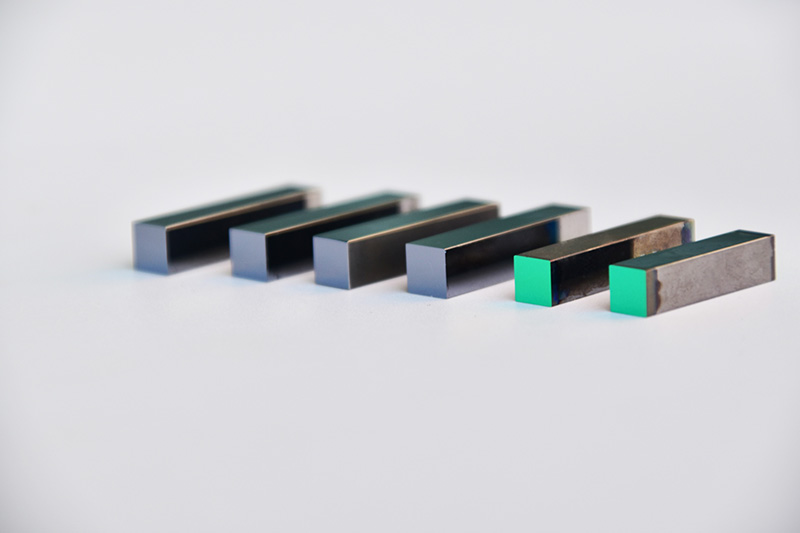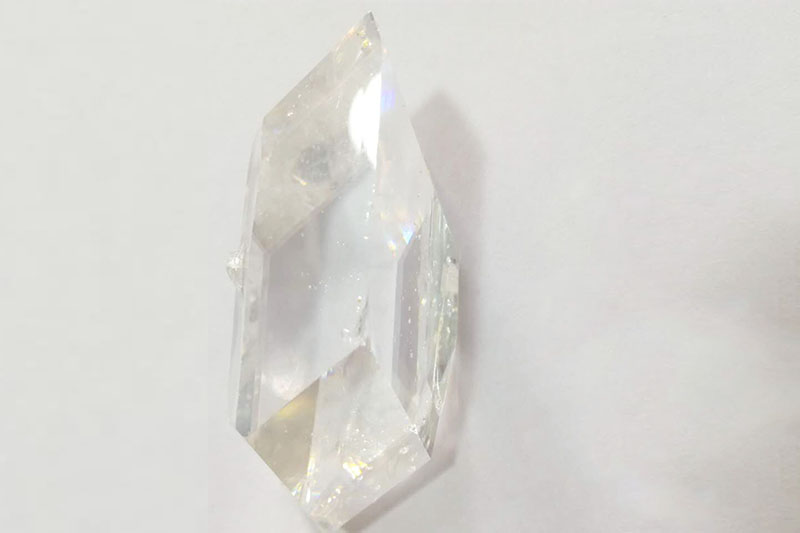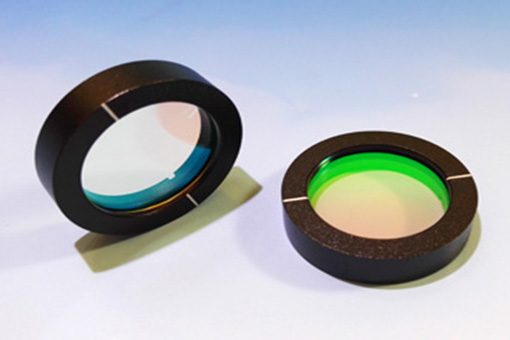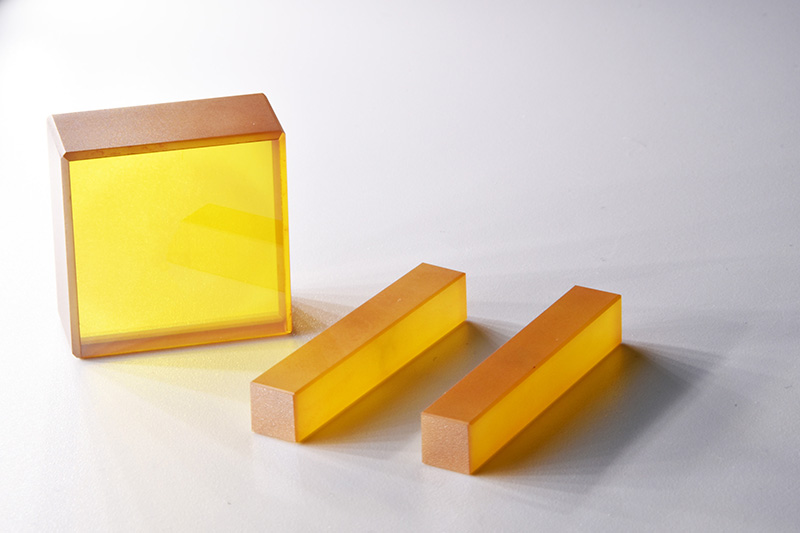2021 wholesale price Znse Material - Nd:YVO4 Crystals – Dien
2021 wholesale price Znse Material - Nd:YVO4 Crystals – Dien Detail:
Nd:YVO4 is the most efficient laser host crystal for diode pumping among the current commercial laser crystals, especially, for low to middle power density. This is mainly for its absorption and emission features surpassing Nd:YAG. Pumped by laser diodes, Nd:YVO4 crystal has been incorporated with high NLO coefficient crystals ( LBO, BBO, or KTP) to frequency-shift the output from the near infrared to green, blue, or even UV. This incorporation to construct all solid state lasers is an ideal laser tool that can cover the most widespread applications of lasers, including machining, material processing, spectroscopy, wafer inspection, light displays, medical diagnostics, laser printing, and data storage, etc. It has been shown that Nd:YVO4 based diode pumped solid state lasers are rapidly occupying the markets traditionally dominated by water-cooled ion lasers and lamp-pumped lasers, especially when compact design and single-longitudinal-mode outputs are required.
Nd:YVO4′s advantages over Nd:YAG:
• As high as about five times larger absorption efficient over a wide pumping bandwidth around 808 nm ( therefore, the dependency on pumping wavelength is much lower and a strong tendency to the single mode output);
• As large as three times larger stimulated emission cross-section at the lasing wavelength of 1064nm;
• Lower lasing threshold and higher slope efficiency;
• As a uniaxial crystal with a large birefringence, the emission is only a linearly polarized.
Laser Properties of Nd:YVO4:
• One most attractive character of Nd:YVO4 is, compared with Nd:YAG, its 5 times larger absorption coefficient in a broader absorption bandwidth around the 808nm peak pump wavelength, which just matches the standard of high power laser diodes currently available. This means a smaller crystal that could be used for the laser, leading to a more compact laser system. For a given output power, this also means a lower power level at which the laser diode operates, thus extending the lifetime of the expensive laser diode. The broader absorption bandwidth of Nd:YVO4 which may reaches 2.4 to 6.3 times that of Nd:YAG. Besides more efficient pumping, it also means a broader range of selection of diode specifications. This will be helpful to laser system makers for wider tolerance for lower cost choice.
• Nd:YVO4 crystal has larger stimulated emission cross-sections, both at 1064nm and 1342nm. When a-axis cut Nd:YVO4 crystal lasing at 1064m, it is about 4 times higher than that of Nd:YAG, while at 1340nm the stimulated cross-section is 18 times larger, which leads to a CW operation completely outperforming Nd:YAG at 1320nm. These make Nd:YVO4 laser be easy to maintain a strong single line emission at the two wavelengths.
• Another important character of Nd:YVO4 lasers is, because it is an uniaxial rather than a high symmetry of cubic as Nd:YAG, it only emits a linearly polarized laser, thus avoiding undesired birefringent effects on the frequency conversion. Although the lifetime of Nd:YVO4 is about 2.7 times shorter than that of Nd:YAG, its slope efficiency can be still quite high for a proper design of laser cavity, because of its high pump quantum efficiency.
Product detail pictures:
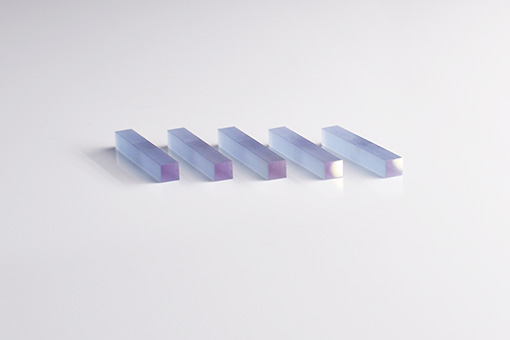
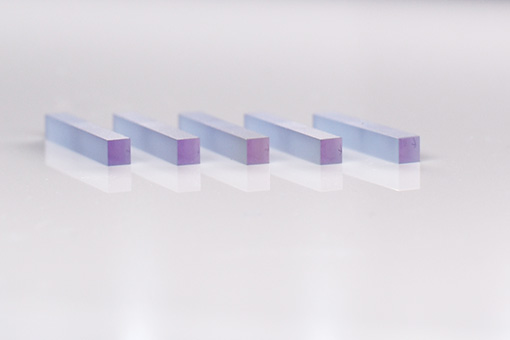
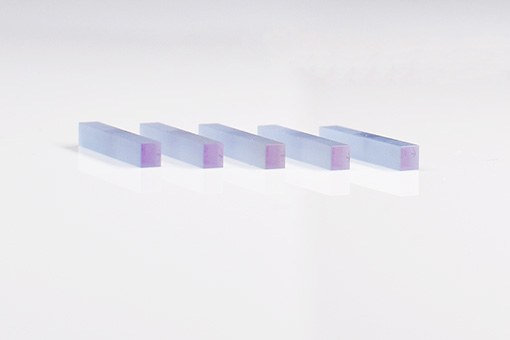
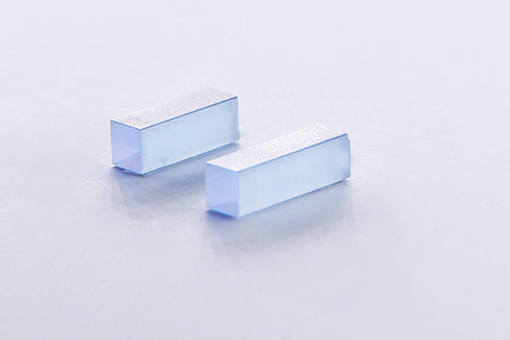
Related Product Guide:
Our advantages are reduced prices,dynamic product sales workforce,specialized QC,solid factories,superior quality services for 2021 wholesale price Znse Material - Nd:YVO4 Crystals – Dien , The product will supply to all over the world, such as: Roman, Danish, Muscat, Over the years, with high-quality products, first- class service, ultra-low prices we win thee trust and favor of customers. Nowadays our products sell all over the domestic and abroad. Thanks for the regular and new customers support. We provide high quality product and competitive price, welcome the regular and new customers cooperate with us!
The goods are very perfect and the company sales manager is warmful, we will come to this company to purchase next time.
Products categories
-

Phone
Phone
-

Email
Email
-

whatsapp
whatsapp
-

Wechat
Wechat

-

Top

